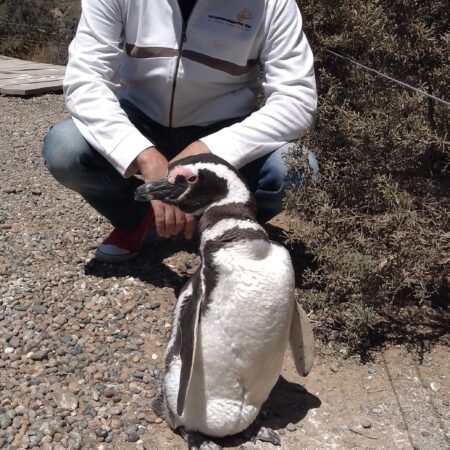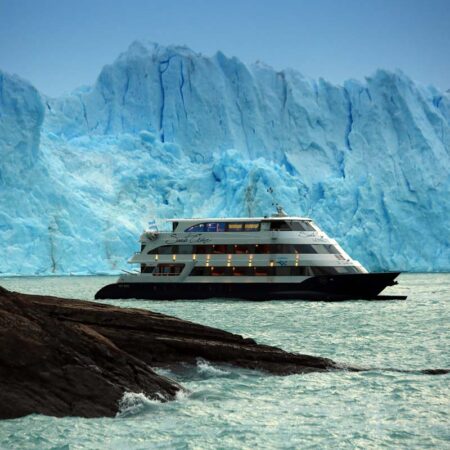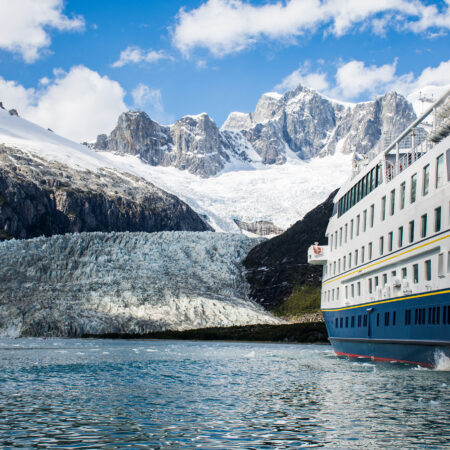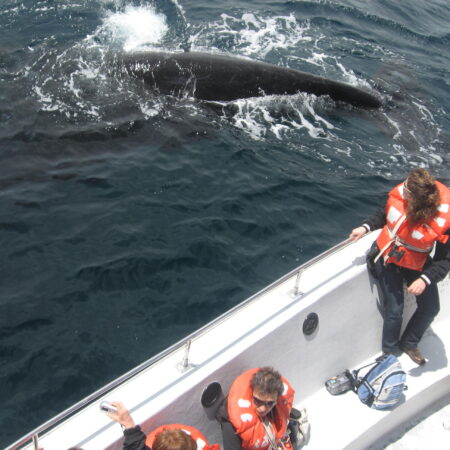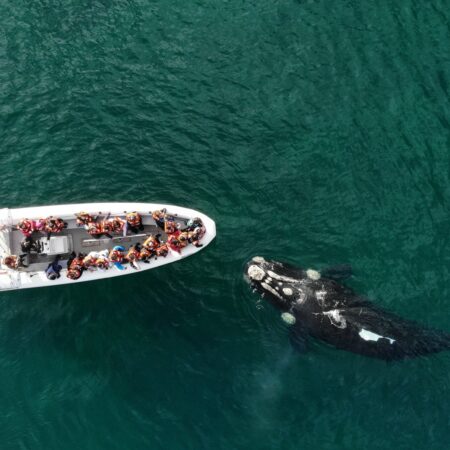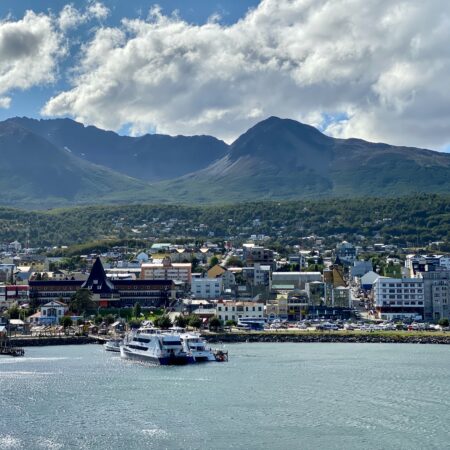 In the Antarctic desert, the flora and fauna are no exception of this conjunction between opposites. The cold, the winds and the extreme dryness difficult widely the development of any kind of life. A great part of the lands are covered by permanent ices and those areas not covered are rocky, hindering thus the growth of any kind of flora. The majority of the vegetation is located in the coastal areas and its mostly comprised by lichens, mosses, algae, fitoplankton whose growth is very slow.
In the Antarctic desert, the flora and fauna are no exception of this conjunction between opposites. The cold, the winds and the extreme dryness difficult widely the development of any kind of life. A great part of the lands are covered by permanent ices and those areas not covered are rocky, hindering thus the growth of any kind of flora. The majority of the vegetation is located in the coastal areas and its mostly comprised by lichens, mosses, algae, fitoplankton whose growth is very slow.
Regarding the fauna, there aren’t many specimens in the continent but most of them are in the continent’s surrounding waters. It is this way how the maritime environment presents optimum conditions for lodging life due to the high level of water’s oxygenation, the long periods of light and the abundance of salts. Most of the fauna here has self-regulating physical temperature mechanisms in order to adapt to the environment.
Among the birds, there are several albatross cormoranes, petreles, Antarctic doves and an important variety of penguins among which the Emperor, the Adelia, Papúa and those red beaked stand out. There are also lots of mammals, such as elephant seals, sea leopards, seals, the blue whale, southern whales, killer whales and sea lions.




